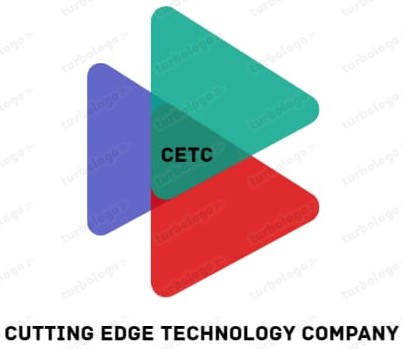Wearable technology refers to electronic devices that can be worn on the body, often as accessories or clothing. These devices are equipped with sensors, software, and connectivity features that allow them to collect and analyze data related to the user’s activities, health, and environment. The rise of wearable technology has transformed how individuals interact with technology and monitor their well-being.
One of the most popular forms of wearable technology is fitness trackers. These devices monitor physical activity, heart rate, sleep patterns, and more, providing users with valuable insights into their health and fitness levels. By tracking daily activities and setting fitness goals, users can motivate themselves to lead healthier lifestyles. Many fitness trackers sync with mobile apps, allowing users to analyze their data and track progress over time.
Smartwatches are another prominent category of wearable technology. In addition to fitness tracking capabilities, smartwatches offer features such as notifications, messaging, GPS navigation, and music control. These multifunctional devices allow users to stay connected without needing to constantly check their smartphones. Many smartwatches also include health monitoring features, such as ECG (electrocardiogram) readings and blood oxygen level monitoring.
Wearable technology has also made significant strides in healthcare. Medical wearables, such as continuous glucose monitors and smart patches, enable patients to monitor their health conditions in real time. These devices can transmit data to healthcare providers, allowing for more personalized treatment plans and timely interventions. This shift toward remote monitoring can enhance patient care and reduce hospital visits.
In addition to health and fitness applications, wearable technology is increasingly being integrated into various industries. For example, smart helmets and augmented reality glasses are being used in construction and manufacturing to improve safety and efficiency. These devices can provide workers with real-time information, hands-free communication, and access to training materials, enhancing productivity and reducing accidents.
Despite the many benefits, there are challenges associated with wearable technology. Privacy concerns are significant, as wearable devices often collect sensitive personal data. Manufacturers must prioritize data security and transparency, ensuring that users are informed about how their data is collected and used.
Battery life is another challenge for wearables, as many devices require frequent charging. Innovations in battery technology and energy-efficient designs are crucial for improving the longevity of wearable devices.
In conclusion, wearable technology is transforming how individuals monitor their health, stay connected, and interact with the world. As technology continues to evolve, wearables will become increasingly sophisticated, offering new features and applications. By embracing wearable technology, users can enhance their well-being, productivity, and overall quality of life.
